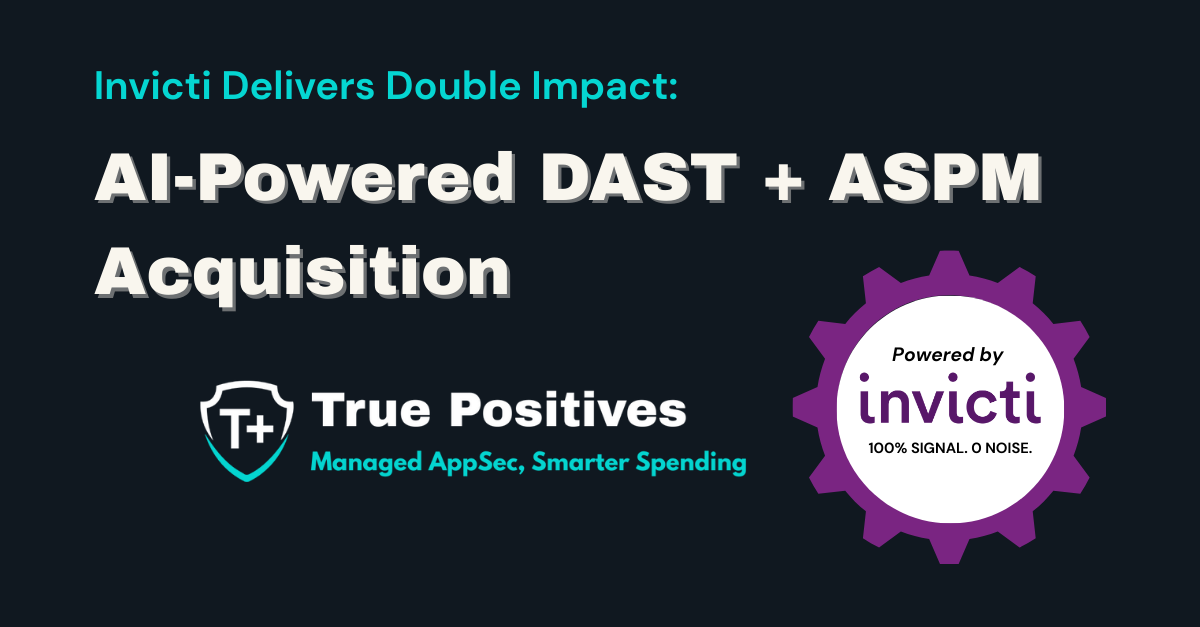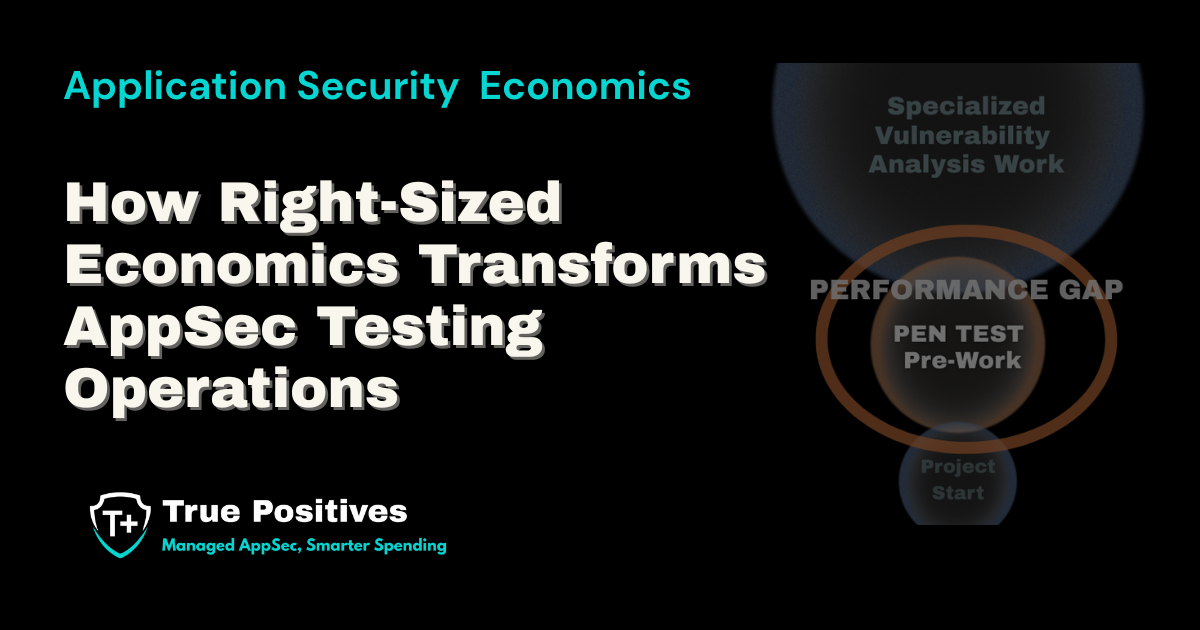SQL Injection (SQLi): A Comprehensive Guide with Real-World Examples
In the digital age, where data is the new gold, the security of our databases is paramount. One of the most prevalent and devastating threats to web applications is SQL Injection (SQLi). This guide will delve into the intricacies of SQL injection, its impact, and the best practices to safeguard your applications.
Understanding SQL Injection
At its core, SQL injection is a web security vulnerability that allows attackers to manipulate a web application's database by inserting malicious SQL code into input fields. This can lead to unauthorized access to sensitive data, data modification, or even the complete takeover of a database server.
Types of SQL Injection Attacks
SQL injection attacks can be classified into three main categories based on how attackers exploit the vulnerability and extract data. Here’s a breakdown:
1. In-Band SQLi (Classic SQLi): The Direct Route
This is the most common and straightforward type of SQL injection. Attackers use the same communication channel to inject malicious SQL code and receive the results directly. This makes it easier for them to extract sensitive data or manipulate the database structure.
In-band SQLi can be further divided into two sub-types:
- Error-based SQLi: The attacker provokes the database to generate error messages, which often reveal valuable information about the database schema (e.g., table and column names). While helpful for developers, these errors should never be exposed on live websites.
- Union-based SQLi: This technique exploits the SQL UNION operator, which allows an attacker to combine results from different queries, potentially exposing data from multiple tables.
2. Inferential SQLi (Blind SQLi): The Subtle Probe
Inferential SQLi is less obvious but just as dangerous. The attacker doesn't get direct results from their injected queries. Instead, they observe how the application responds to carefully crafted SQL statements.
There are two main approaches to inferential SQLi:
- Boolean-based (Content-based) SQLi: The attacker injects conditional statements into SQL queries (e.g., IF...THEN...ELSE) and observes changes in the application's response. This allows them to deduce information even without seeing direct output.
- Time-based SQLi: The attacker introduces time delays into their queries. By measuring the response time, they can determine if certain conditions are met within the database, slowly piecing together its structure.
3. Out-of-Band SQLi: The Hidden Channel
This is the rarest type of SQL injection because it requires specific features to be enabled on the database server. Out-of-band SQLi uses alternative channels like DNS or HTTP requests to exfiltrate data.
Understanding the different types of SQL injection is the first step towards building robust defenses. By knowing how attackers operate, you can implement appropriate security measures to protect your web applications and the data they store.
The Impact of SQL Injection
By leveraging SQL injection, an attacker can bypass authentication mechanisms, extract confidential information, modify or delete critical data, and even execute commands on the underlying operating system. In extreme cases, a compromised web application can serve as an entry point for further attacks within an entire network.
The consequences of SQL injection can be severe including:
- Data Theft: Attackers can access confidential information like usernames, passwords, credit card details, and more.
- Data Manipulation: They can modify existing data, leading to inconsistent or corrupted databases.
- Data Loss: SQL injection can be used to delete or drop entire tables, resulting in significant data loss.
- Website Defacement: Attackers can manipulate the website's content or appearance.
Real-World SQL Injection Attack Examples
- Equifax Breach (2017): This massive data breach exposed the personal information of 147 million Americans, primarily due to a failure to patch a known vulnerability to SQL injection. Equifax faced massive fines (in excess of $575M), lawsuits, and a tarnished reputation. The breach also led to increased scrutiny of data security practices in the financial industry.
- TalkTalk Breach (2015): A SQL injection attack on TalkTalk's website led to the theft of 157,000 customer records. TalkTalk was fined £400,000 (approximately $500,000 USD at the time) for its inadequate security measures. The breach also resulted in significant customer churn and reputational damage.
- Yahoo (2013): An SQLi attack exposed names, email addresses, and hashed passwords of all three billion Yahoo user accounts. Yahoo faced multiple lawsuits and a reduced sale price to Verizon. The breach also highlighted the need for better security practices for storing and protecting user data.
These are just a few examples of the devastating impact SQL injection attacks can have on businesses and individuals.
Best Practices for Preventing SQL Injection
Safeguarding your web applications from SQLi requires a multi-layered, proactive defense strategy. Let's explore some best practices to keep your systems and data secure.
- Input Validation: Always sanitize user input. Check for unexpected characters, lengths, or formats.
- Parameterized Queries (Prepared Statements): This is considered the most effective defense. Instead of embedding user input directly into SQL queries, use placeholders. The database will then treat the input as data, not code.
- Least Privilege Principle: Grant database users only the minimum privileges they need to perform their tasks.
- Regular Security Audits and Penetration Testing: Identify and address vulnerabilities before attackers do.
- Web Application Firewall (WAF): Implement a WAF to filter out malicious traffic and detect SQL injection attempts.
SQL injection is a formidable threat, but with a comprehensive understanding of its mechanisms and a commitment to implementing robust defense strategies, you can effectively safeguard your applications and data.
Remember: Security is an ongoing process. Stay informed about emerging threats and adapt your defenses accordingly.
Final Thoughts
SQL injection remains a significant threat to web applications. However, by understanding its mechanisms and implementing the right security measures, you can effectively protect your data and prevent costly breaches.
Remember, prevention is always better than cure. Prioritize security, stay updated on the latest vulnerabilities, and foster a culture of security awareness within your organization.
Talk with us today to learn how True Positives can help you build or scale your AppSec program affordably!
.png)
About True Positives
True Positives is a cybersecurity services firm focused on application security. Our team possesses over 100 years of combined enterprise AppSec and DevSecOps expertise. Through our flagship managed services, organizations access enterprise-grade security testing without internal overhead. Our value-added reseller partnerships enable enterprises to construct robust in-house programs with proven tooling and implementation expertise. Serving clients in either capacity, we focus on strengthening security assurance while maintaining development velocity and optimizing program costs. Contact us to discuss your security testing requirements.
%2008%2014%202025%20(4).webp?width=1200&height=400&name=Copy%20of%20%20T%2B%20Logo%20Webpage%20Header%20(500X170)%2008%2014%202025%20(4).webp)


